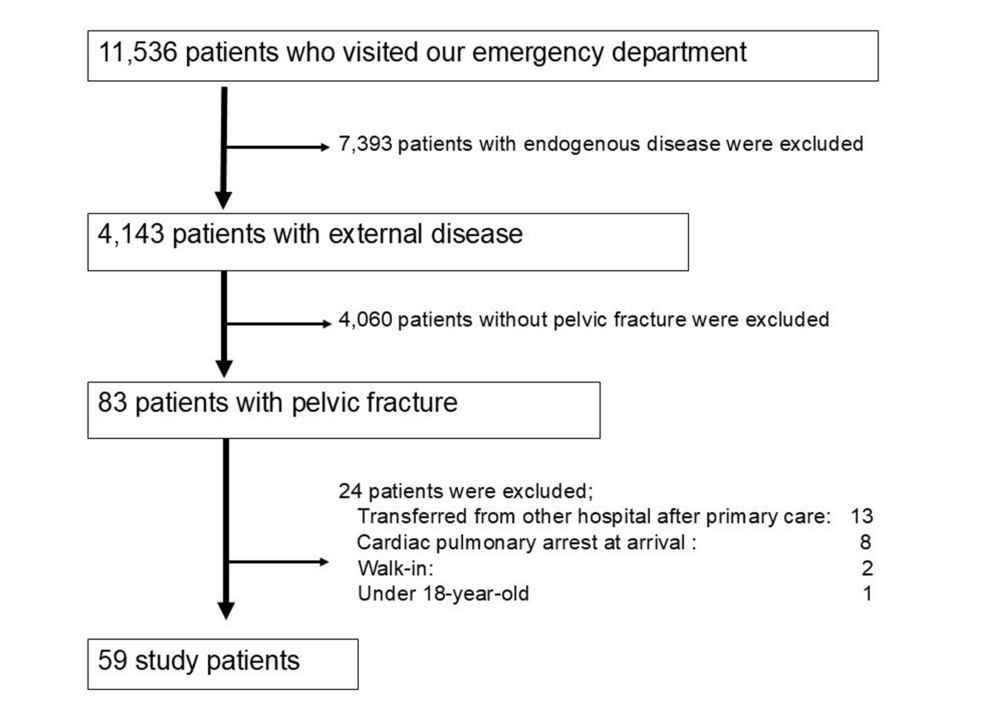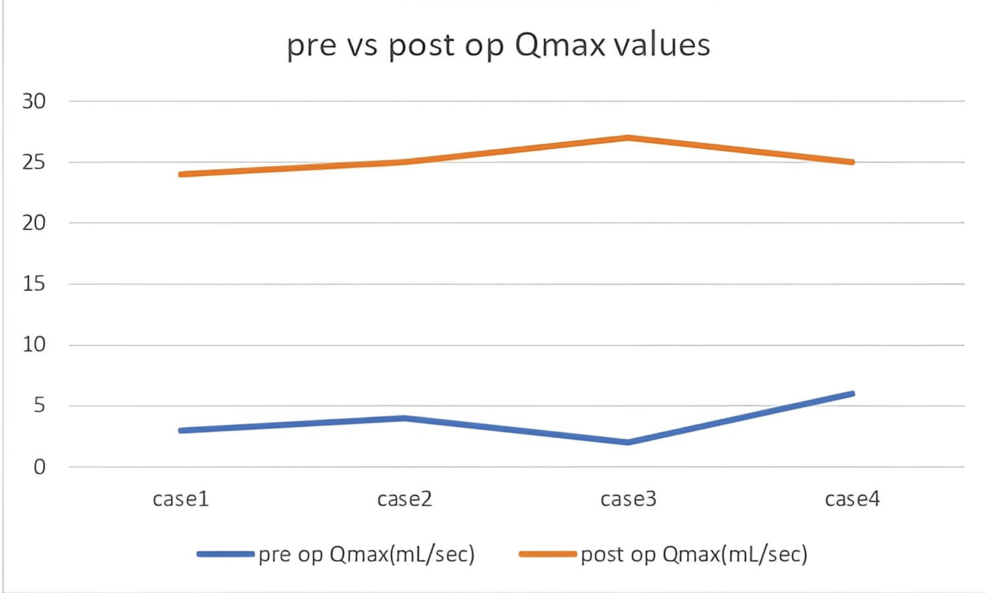Blog
-

‘I’m in a lull. I’m trying to recalibrate after a long decade of elder care’ – The Irish Times
“I’m in a bit of a lull,” Anne Enright says when I ask what she’s working on. “You wait for a catch, a snag to your interest.
“The wonderful Annie Dillard has a story about an Inuit woman who has a baby to feed and no fish, so she…
Continue Reading
-
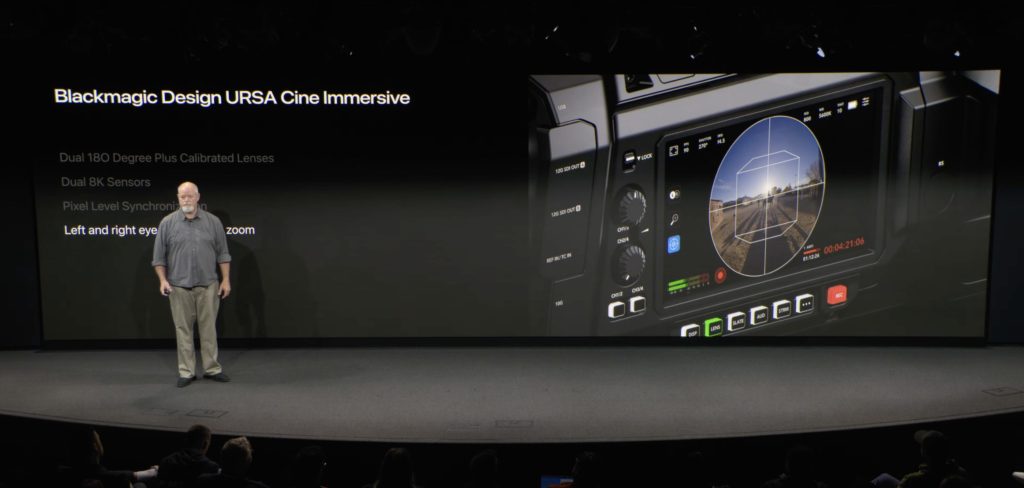
Apple publishes comprehensive immersive video workflow presentations by Iain Anderson
Last week, Apple hosted two days of presentations in Cupertino and online, talking about how to create immersive content for the Apple Vision Pro — and it’s all available for free, on YouTube. While Day 1 (Create immersive media…
Continue Reading
-
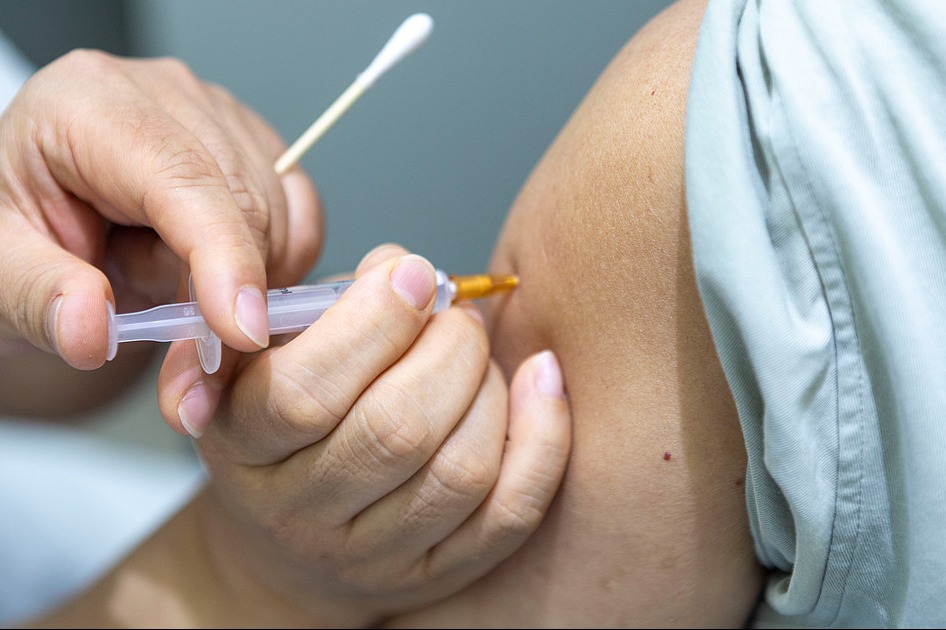
High-risk groups better protected against shingles
The China National Medical Products Administration (NMPA) has approved Shingrix (GSK”s Recombinant Zoster Vaccine or RZV) for the prevention of shingles (herpes zoster) in adults aged 18 years and…
Continue Reading
-
Tinier than a Grain of Sand: Physicists Create the World’s Smallest Light Pixel – SciTechDaily
- Tinier than a Grain of Sand: Physicists Create the World’s Smallest Light Pixel SciTechDaily
- Scientists develop retina E-paper display with 25k pixels per inch, matching human vision The Brighter Side of News
- Colour e-paper screen offers…
Continue Reading
-

Women’s health could benefit from the private equity treatment
Unlock the Editor’s Digest for free
Roula Khalaf, Editor of the FT, selects her favourite stories in this weekly newsletter.
Private equity firms are rarely credited with helping to cure societal ills. But sometimes, as in the case of Blackstone and TPG’s $18bn purchase of medical technology group Hologic, buyout shops have a chance to do good and do well at the same time.
Hologic is focused on women’s health, providing devices for cervical and breast cancer screening, as well as uterine health. Women generally are an underserved market, tending to receive less effective treatments and poorer care than male patients. Eliminating the gap could be worth $1tn to the global economy by 2040, McKinsey and the World Economic Forum estimated last year, much of it through recovering the seven days the average woman loses per year to ill health.
Medicine has historically failed to take into account sex-based differences as fundamental as the workings of the heart or lung capacity. Standard asthma inhalers are far less effective for women than men, for example. Caroline Criado Perez’s 2019 bestseller Invisible Women notes that clinical trials don’t routinely document the sex of respondents nor necessarily aim for balance. Some drugs that might work for women risk getting dropped because they are less effective on the men who make up the majority of trial subjects.
As well as more effective treatment of conditions that afflict men and women, there are opportunities in alleviating female-specific conditions too. The potential market for endometriosis treatments is estimated at between $180bn-$220bn, McKinsey reckons, based on the number of women seeking help with the condition. The consultancy pegs the market for menopause treatments at between $120bn-$230bn.
While comparing the valuation of healthcare groups is not easy given their different products and specifications, Blackstone seems to be getting Hologic for a reasonable sum. The $18.3bn enterprise value — the full price if certain performance targets are met later — represents 14 times 2024 ebitda. That’s one-third below the average for large healthcare deals in the past five years, according to analysis of Dealogic data.
Private equity may not be known for its desire to heal the world, but it does have a well-earned reputation for spotting profitable niches and growing them smartly. Often that means “rolling up” acquisitions to create bigger groups able to invest and innovate more than smaller companies could alone. Hologic could lend itself to such treatment. Reducing sex-based medical inequities may not be the primary goal, but it could nonetheless be a happy side effect.
jennifer.hughes@ft.com
Continue Reading
-

Six autumn getaways for relaxing like a local
Unlock the Editor’s Digest for free
Roula Khalaf, Editor of the FT, selects her favourite stories in this weekly newsletter.
Total immersions in South America
A pool at Awasi Mendoza in Luján de Cuyo, Argentina Awasi Mendoza, Argentina; Awasi…
Continue Reading
-
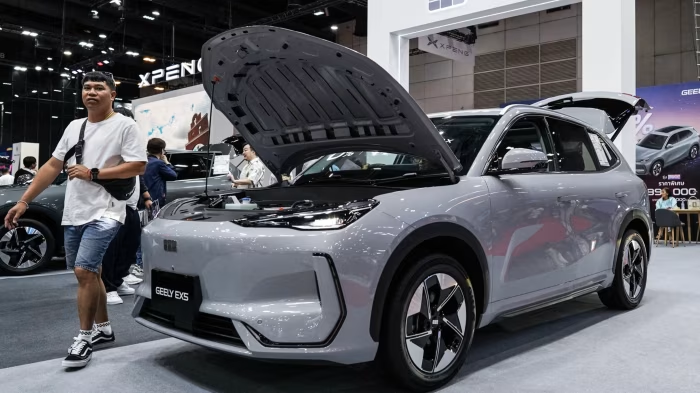
Geely targets 100,000 UK sales in push to take on Tesla and BYD
Stay informed with free updates
Simply sign up to the Automobiles myFT Digest — delivered directly to your inbox.
Chinese carmaker Geely wants to sell 100,000 cars a year in the UK and would consider local production as it aims to take on Tesla and BYD in Europe’s second-largest market for electric vehicles.
The UK has become a battleground for European expansion by Chinese carmakers because of strong EV sales and the absence of import tariffs.
“Currently the UK market is more open and a friend for Chinese brands,” Michael Yang, the head of Geely Auto UK, told the Financial Times.
Geely would aim to launch 10 electric and plug-in hybrid models over the next three years and sell about 100,000 cars a year in the UK, he said in an interview. This would give it a market share of around 5 per cent in the country. BYD and Tesla have a share of around 2 per cent each this year.
“In the future, if we find that local production has more of an advantage, why not do that? We are open about that,” he added, saying the company planned to hire about 300 workers in the UK.
Geely Auto is a Hong Kong-listed unit of privately held Geely Holding, one of the world’s biggest auto groups, with stakes in Volvo Cars, Polestar, Lotus, London black-cab maker LEVC and Aston Martin.
The first Geely car to be sold in the UK will be the all-electric EX5 sport utility vehicle, a rival to Tesla’s flagship Model Y, with a starting price of £31,990.
LEVC employees assemble a taxi at a factory in Coventry, England © Christopher Furlong/Getty Images The UK government has been courting Chinese carmakers to produce in the country. But it has had little success so far because of the high cost of energy and labour compared with other locations such as Turkey, Hungary and Spain, which have managed to attract Chinese groups to build European production hubs.
The UK is aiming to produce 1.3mn vehicles a year by 2035, almost double the 755,000 units the Society of Motor Manufacturers and Traders expects to be made this year.
Hitting the target will require new manufacturing. Chinese brands have become a focus as established groups grapple with various problems.
Nissan, which owns the largest UK plant, is downsizing its global operations because of financial difficulties. Jaguar Land Rover’s production had to be halted for more than a month following a cyber attack, which caused vehicle output in the UK to fall 36 per cent in September, according to the SMMT.
Meanwhile, the UK has become BYD’s biggest market outside China with sales increasing nearly 10-fold in a year, according to the latest data.
Chery, another Chinese carmaker, which sells the Chery, Omoda and Jaecoo brands, accounted for nearly 4 per cent of new car sales last month, compared with 0.4 per cent just a year earlier.
When asked whether Geely would consider using existing LEVC and Lotus manufacturing facilities for new UK production, Yang said: “It all depends, but hopefully we can use the existing plant. It’s easier.”
Lotus said earlier this year that it would pull out of manufacturing in the UK. This decision was later reversed but it has been talking with other carmakers about building models at its plant in Hethel in eastern England.
Yang also said that the various Geely brands would not cannibalise each other since they all target different customers.
“Volvo and Polestar, they are more like premium brands and Lotus is a performance car,” he said. “LEVC in the UK is for the iconic taxi, so Geely is focusing more on the mainstream.”
Continue Reading
-

Proud Mary — Creedence Clearwater Revival’s celebration of a mythic South
Unlock the Editor’s Digest for free
Roula Khalaf, Editor of the FT, selects her favourite stories in this weekly newsletter.
When Creedence Clearwater Revival…
Continue Reading
